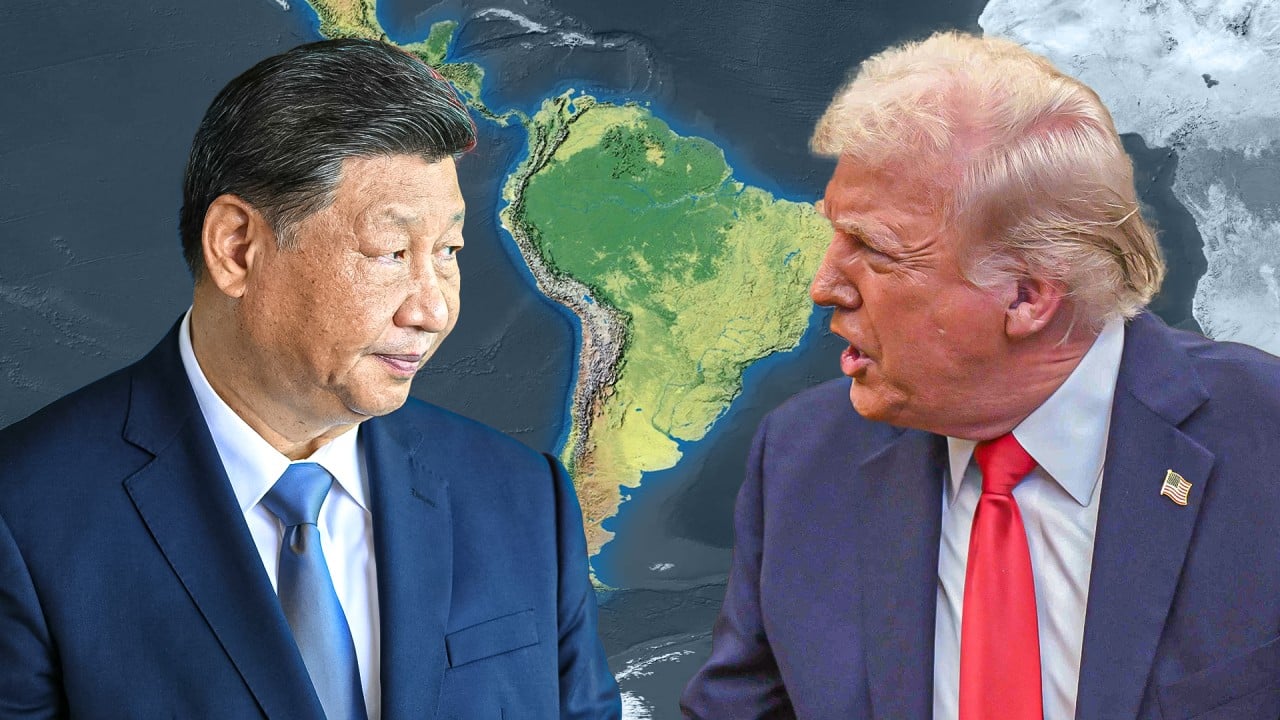Despite the Donald Trump administration’s unconventional foreign policy in his second term, Sun Yun – the director of the Stimson Centre’s China programme – recently argued that it is unlikely to have any ramifications for the United States’ military presence in the Indo-Pacific.
Given that Trump is eager to boost US power projection capabilities with the desired acquisition of Greenland, it is unfathomable that it would seek to change its current position in the Indo-Pacific. However, the Trump presidency might, somewhat unwittingly, have major ramifications for the overall geopolitical dynamics of the Indo-Pacific.
The important thing to understand about the Indo-Pacific is that it is not a natural regional geopolitical setting. At its maximalist definition – stretching from the east coast of Africa to the west coast of the Americas – the Indo-Pacific covers more than half the globe.
The Indo-Pacific, even in its more minimalist interpretations, is simply too large a geopolitical space to be conceived of as an interconnected region. Rather it should be thought of as a constellation of many regions, all of which have unique regional geopolitical dynamics.
Consequently, what has been pushing the changing geopolitics of the Indo-Pacific is not so much natural regional geopolitical dynamics but the increasing perception of China as a security threat by several like-minded powers – chiefly the US, Japan and Australia. In other words, the Indo-Pacific is a construct built on the supposed growing existential threat posed by China to the “rules-based order”.

10:37
Why the US is worried about China’s growing influence in South America
Why the US is worried about China’s growing influence in South America
Importantly, the Indo-Pacific construct differs significantly from the previously popular Asia-Pacific one because it stems from a pessimistic view of the future. The Asia-Pacific construct is based on a far more optimistic view of the future, at a time when the West was hopeful that China could be co-opted into the status quo system by becoming not only a trustworthy partner but a source of economic prosperity.

 By South China Morning Post | Created at 2025-03-27 21:31:34 | Updated at 2025-03-30 22:41:28
3 days ago
By South China Morning Post | Created at 2025-03-27 21:31:34 | Updated at 2025-03-30 22:41:28
3 days ago








